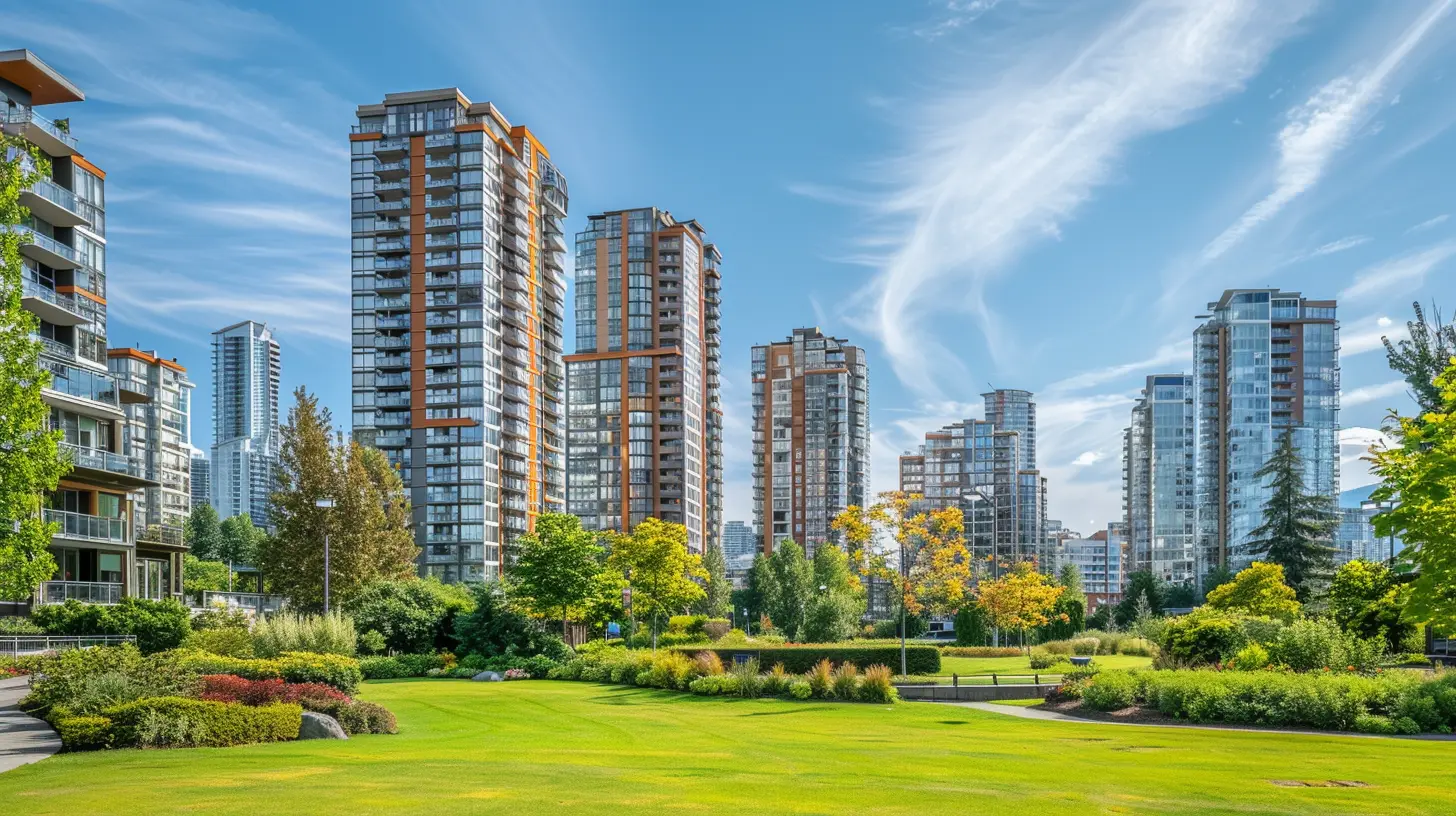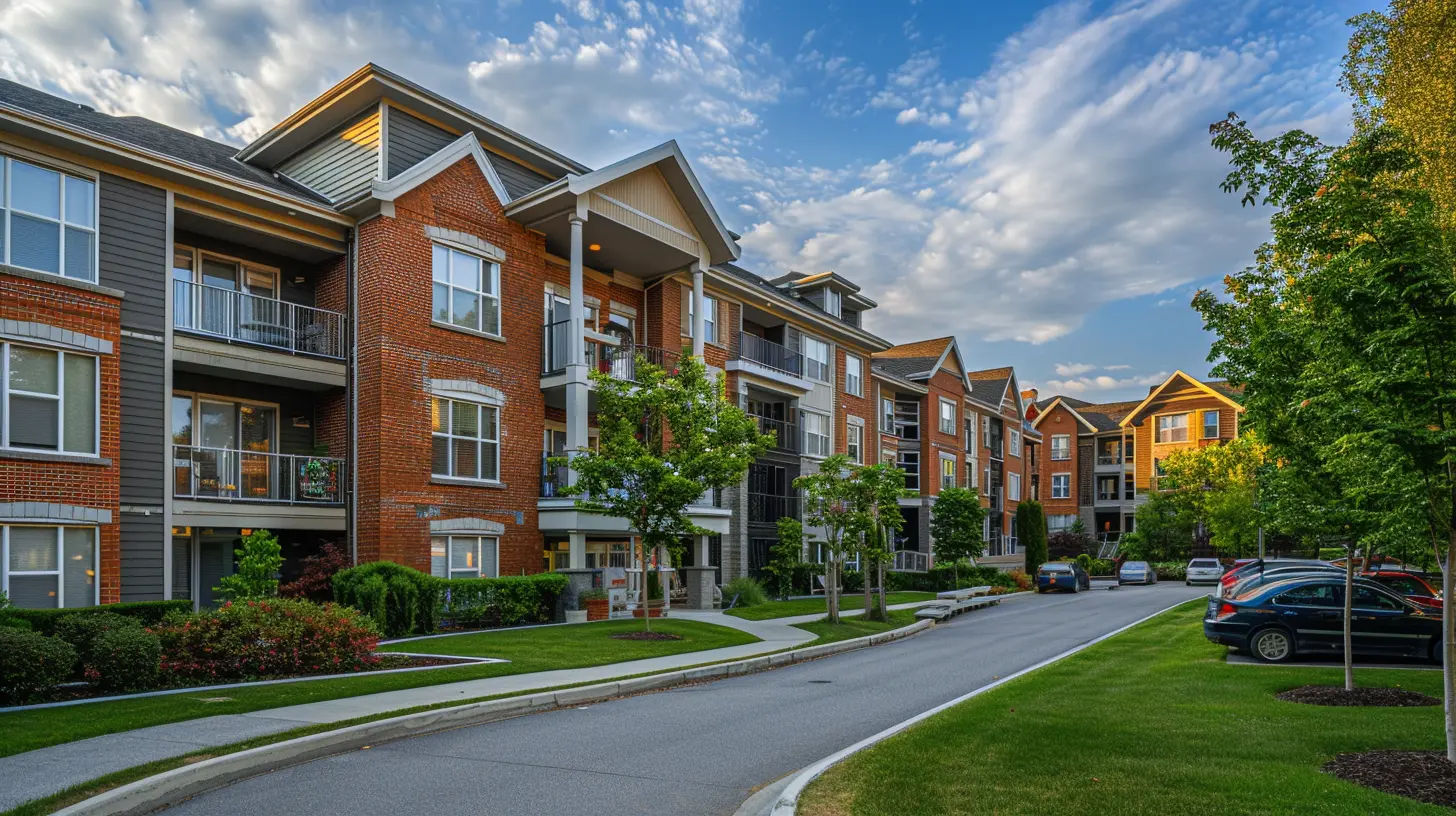Creating Transparent Lease Agreements in Property Management
29 May 2025
Let’s be real—leasing agreements can either make or break the relationship between a landlord and tenant. A vague, misleading, or confusing lease will only lead to chaos, disputes, and—let’s not sugarcoat it—legal headaches.
So, how do you ensure a lease agreement is crystal clear? It all boils down to transparency, and today, we’re diving deep into how to create a lease document that leaves no room for misunderstandings. Whether you're a seasoned property manager or just dipping your toes into the rental business, this guide will help you draft lease agreements that are rock-solid and easy to understand. 
Why Transparency in Lease Agreements Matters
A lease is more than just a piece of paper—it’s a legally binding contract that sets the tone for the landlord-tenant relationship. If it's not clear, expect problems.Here’s why transparency is downright essential:
- Avoids Legal Disputes – A well-written, clear lease agreement keeps things black and white. No gray areas mean fewer chances of legal battles.
- Builds Trust – A transparent lease demonstrates fairness. Tenants feel secure knowing what they’re signing up for.
- Prevents Miscommunication – No one likes surprises—especially not tenants who suddenly find out about hidden fees or restrictions.
- Ensures Long-Term Tenant Retention – Happy tenants stick around. And a good lease agreement plays a huge role in tenant satisfaction.
Now that we’ve got that out of the way, let’s break down what makes a lease truly transparent. 
Key Elements of a Transparent Lease Agreement
There’s no one-size-fits-all lease, but every solid contract should clearly outline the following:1. Clear and Concise Language
Ever tried reading a legal document and felt like you needed a law degree to understand it? Yeah, nobody likes that.Avoid unnecessary legal jargon. Instead, use plain English that anyone can understand. This isn’t a courtroom document—it’s a lease agreement.
Example:
❌ Confusing: "Lessor shall maintain the habitability of the premises by virtue of periodic maintenance, excepting conditions resultant of lessee negligence.”
✅ Clear: "The landlord will handle regular maintenance unless the tenant causes damage."
See the difference? Keep it simple. A lease should be easy for both parties to read and comprehend at a glance.
2. Rent and Payment Terms – No Hidden Fees!
Nobody likes hidden charges creeping up out of nowhere. Be upfront about every single cost, including:- Monthly rent amount
- Due date
- Accepted payment methods
- Late fees (and grace periods, if any)
- Security deposits – is it refundable? If so, under what conditions?
Spell everything out clearly so your tenant doesn’t get blindsided.
3. Responsibilities – Who Takes Care of What?
One of the biggest sources of tension between landlords and tenants is maintenance and repairs. Be explicit about these:- Landlord’s responsibilities: What repairs and maintenance are you handling?
- Tenant’s responsibilities: What upkeep falls on them? If they break something, who pays for it?
- Utilities: Who pays for electricity, water, gas, internet, and trash collection?
Make sure there’s zero ambiguity in these sections. The fewer assumptions, the better.
4. Lease Term and Renewal Options
State the exact length of the lease—6 months? 1 year? Month-to-month? Clarity here avoids awkward discussions when tenants assume they can stay forever.Also, include renewal details:
- Does the lease automatically renew?
- Will rent increase upon renewal? If so, by how much?
- How much notice should the tenant give before moving out or renewing?
Again, no surprises. Keep it transparent.
5. Rules and Regulations – AKA The Do’s and Don’ts
This section sets expectations and can save landlords from unnecessary headaches. Spell out:- Pet policies: Are pets allowed? If so, is there an extra deposit?
- Subleasing rules: Can tenants sublet the unit? If yes, under what conditions?
- Noise restrictions: Are parties allowed? What’s the quiet hours policy?
- Smoking policies: Is smoking allowed indoors? What about vaping?
Establishing these upfront keeps tenants accountable and prevents future disputes.
6. Eviction Terms – No Room for Misinterpretation
Evictions can be messy, but they’re a necessary part of property management. Lay out the exact conditions that could lead to eviction, such as:- Non-payment of rent
- Property damage beyond normal wear and tear
- Illegal activities on the premises
- Violation of lease terms (subletting without approval, unauthorized pets, etc.)
Make sure your eviction policy aligns with local laws—otherwise, you could land in hot water.
7. Security Deposit Policies – When and How It’s Returned
Security deposits are a huge source of disputes. Be explicit about:- The exact amount required
- What the deposit covers
- How and when it’s returned
- Reasons for deductions (e.g., property damage, unpaid rent, cleaning fees)
If deductions happen, provide an itemized statement to justify them. Transparency prevents tenants from feeling cheated. 
How to Ensure Your Lease Agreement is Truly Transparent
Even the best-drafted lease can still cause confusion if not carefully reviewed. Here’s how to guarantee transparency:✅ Go Over the Lease with Tenants – Don’t just hand them a contract—walk them through it. Address their questions upfront to avoid future disputes.
✅ Encourage Questions – Make sure tenants feel comfortable asking, "What does this mean?" It’s better to clarify now than deal with misunderstandings later.
✅ Use a Lease Addendum for Special Conditions – If there’s a unique rule (like using a parking spot or how trash should be disposed of), add it as a separate document instead of cramming it into an already lengthy lease.
✅ Keep a Digital and Physical Copy – Provide tenants with a copy of the signed lease so they can refer back to it whenever needed. Keeping one on file for yourself is just as important. 
Common Mistakes to Avoid When Drafting a Lease Agreement
🔴 Vague Wording – If a clause isn’t 100% clear, rewrite it. Misinterpretation leads to disputes.🔴 Failure to Include Local Laws – Rental laws vary by state/country. Double-check your agreement aligns with legal requirements.
🔴 Not Specifying Late Fee Policies – If tenants don’t know the consequences of late payments, expect delays.
🔴 Omitting Renewal Terms – Tenants need to know whether they can renew and if rent will increase.
🔴 Skipping the Security Deposit Return Process – Without a clear process, disputes are inevitable.
Final Thoughts
Creating a transparent lease agreement isn’t just about putting words on paper—it’s about fostering trust, clarity, and fairness between landlords and tenants. A well-structured lease prevents misunderstandings, protects both parties, and sets the foundation for a successful rental experience.So, before your next tenant moves in, take a hard look at your lease. Is it clear enough? If not, now’s the time to fix it. Trust me—your future self will thank you.
all images in this post were generated using AI tools
Category:
Property ManagementAuthor:

Travis Lozano
Discussion
rate this article
3 comments
Bianca McMahon
Transparent lease agreements foster trust and clarity, benefiting both landlords and tenants in property management.
June 11, 2025 at 2:33 AM

Travis Lozano
Thank you for your insight! Transparency in lease agreements truly enhances trust and creates a positive environment for both landlords and tenants.
Runevale McDowell
Transparent lease agreements foster trust and clarity, transforming tenant relationships and enhancing property management's ethical landscape for all involved.
June 4, 2025 at 11:35 AM

Travis Lozano
Thank you for your insightful comment! I completely agree—transparent lease agreements are essential for building trust and improving relationships between tenants and property managers.
Ingrid Summers
Transparent lease agreements: the key to trust and longevity in property management. Clarity today prevents conflicts tomorrow. A brilliant strategy!
June 3, 2025 at 2:21 AM

Travis Lozano
Thank you for your insightful comment! Transparency in lease agreements indeed fosters trust and helps prevent future conflicts. It’s essential for successful property management.



